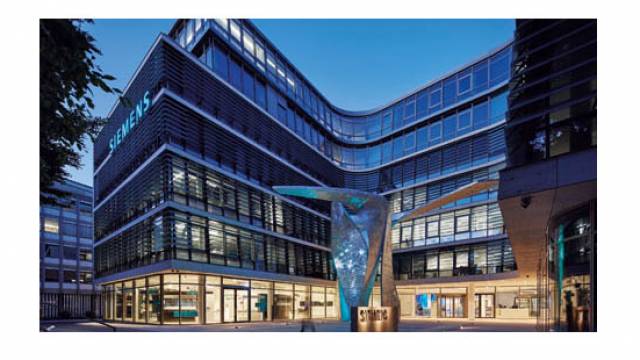
Edgetech spacers were used in a recent flagship project in Munich
The desert city of Las Vegas is exemplary in terms of its water saving, the city of Munich networks decentralised energy producers in a virtual power plant, Vienna is a test region for intelligent technology support for the elderly, smart cities are taking shape worldwide. Against the backdrop of demographic change and efforts to improve the quality of life in addition to the careful use of resources, the concept constitutes more than mere city marketing. Siemens AG has also committed itself towards the realisation of smart cities, in which intelligent technologies and the internet of networked things should decisively support a sustainable future. A key role can be seen in the buildings, which are responsible for up to 40% of the energy consumption demand. Siemens has set an example by announcing that it will be the world’s first industrial corporation to achieve a carbon neutral footprint by 2030. It therefore made sense to announce ambitious sustainability goals for the new corporate headquarters in Munich as well.
The three essential demands placed upon the building were that it should be open, innovative and save resources. The major challenge faced by the architects was to erect the new Siemens headquarters at the old site around two existing buildings on the Wittelsbacher Platz, one of them was the listed Ludwig-Ferdinand-Palais built by Leo von Klenze in a classical style in 1825. The ensemble of light-flooded buildings designed by Henning Larsen Architects with its ...


 You are not logged in, please sign in to view contact
You are not logged in, please sign in to view contact Info release
Info release Promotion
Promotion Building shop
Building shop Online business
Online business